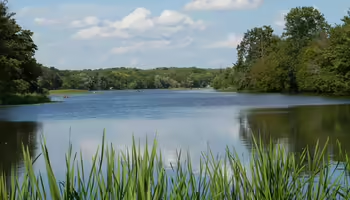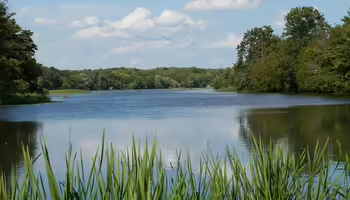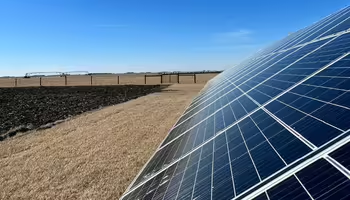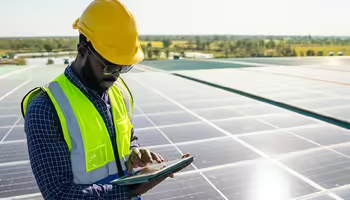Notice of Termination: Important Update
Title
TCTAC Program Currently Suspended
Program Details
The Thriving Communities Initiative provided technical assistance, planning, and capacity-building support for rural, Tribal, or disadvantaged communities adversely or disproportionately affected by the coal transition, mining-related degradation, stormwater management issues, and other environmental challenges. This initiative helped to build organizational capacity to apply for state and federal funding to deliver quality infrastructure projects that enable communities and neighborhoods to thrive.
As part of the Great Lakes Environmental Justice Thriving Communities Technical Assistance Center, TCTAC, University of Illinois Extension partnered with Prairie Rivers Network to support Illinois communities that had been disproportionately burdened by environmental hazards and historically did not had the resources to apply for environmental, climate, or energy-related grants. Great Lakes TCTAC helped community organizations successfully navigate funding opportunities that let them access the resources they need to lead in the clean energy transition, pollution clean-up, and green workforce development.
Previous Services Offered
- Grant opportunity exploration and identification.
- Partnership coordination and meeting facilitation.
- Strategic planning sessions and workshops.
- Educational materials, including fact sheets and guides.
Looking for Related Content?

Grant Planning and Watershed Pollution Control
Get an overview of Illinois EPA’s financial assistance programs for water quality and watershed protection and learn about applicant eligibility, pre-application registration requirements, and Illinois EPA's AmpliFund online application system.

Nonpoint Source Pollution Control
Explore eligible grant applicants and projects, including watershed-based planning, best management practice implementation, outreach and education, and other eligible activities. This session also provides an overview of watershed-based planning and implementation, the foundation and main priority for the Section 319 program.

Green Infrastructure Grants
Illinois EPA’s Green Infrastructure Grant Opportunities (GIGO) program spotlights best management practices to control stormwater runoff. The session covers the GIGO Program, stormwater runoff impact on local water quality, applicant requirements, and eligible management practices.

Clean Energy for Rural America
Explore state and federal incentives that make solar more accessible and affordable and learn about the Rural Energy for America Program (REAP) program, which provides grant funding and guaranteed loans for renewable energy systems and energy efficiency improvements for small rural businesses and agricultural producers.

Climate and Equitable Jobs Act
Learn about many provisions of the Climate and Equitable Jobs Act (CEJA), including decarbonization, just transition, renewable energy, equitable workforce development, utility accountability, and consumer protection. Find out how the law and programs will impact consumers, communities, and the marketplace.